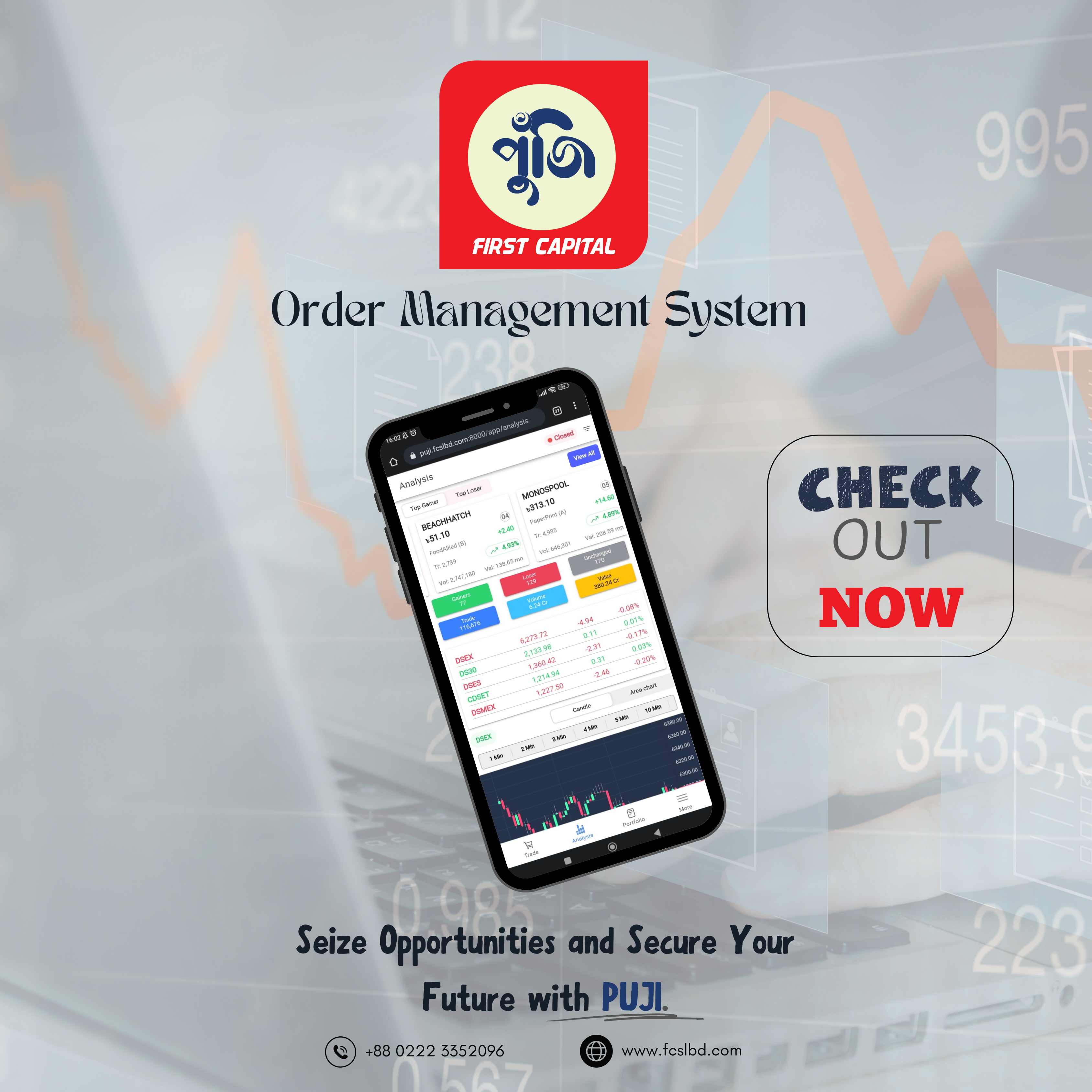The Bangladesh Bank has continued its tight monetary policy stance for the first half of the Fiscal Year 2025, keeping all policy rates and crawling peg exchange rates unchanged.
The new monetary policy also announced to stop money printing for government spending, aimed at bringing down inflation at around 6.5% by FY25.
The country’s inflation stood at 9.72% year-on-year in June.
For the first time in its history, the Bangladesh Bank published its monetary policy statement online instead of releasing it by holding press conferences.
The central bank avoided journalists’ questions at the time, although the IMF (International Monetary Fund) suggested the authority to improve its communication practices to ensure transparency in monetary policy.
According to the newly-announced monetary policy, BB kept the policy (Repo) rate unchanged at 8.50%, the Standing Deposit Facility (SDF) rate at 7%, and the Standing Lending Facility (SLF) rate at 10%.
“The BB will continue quantitative tightening by streamlining Open Market Operations, ceasing currency swaps among banks and BB, and refraining from creating new money for government spending,” said the statement.
However, BB remains prepared to take necessary policy actions if required, said the report.
“As the forex market is showing reasonable stability and transactions are taking place within predefined bands, BB decides to keep the crawling peg mid-rate unchanged at Tk117 per USD.
“The BB will also enhance import liberalisation by removing LC margin requirements for all products, except luxury goods like cars, fruits, flowers, cosmetics, and similar items, with margins determined based on bank-customer relationships.
“The crawling peg system is a transitional measure towards a fully flexible, market-based exchange rate system, aiming to stabilise exchange rate movements while preparing for broader market liberalisation.”


